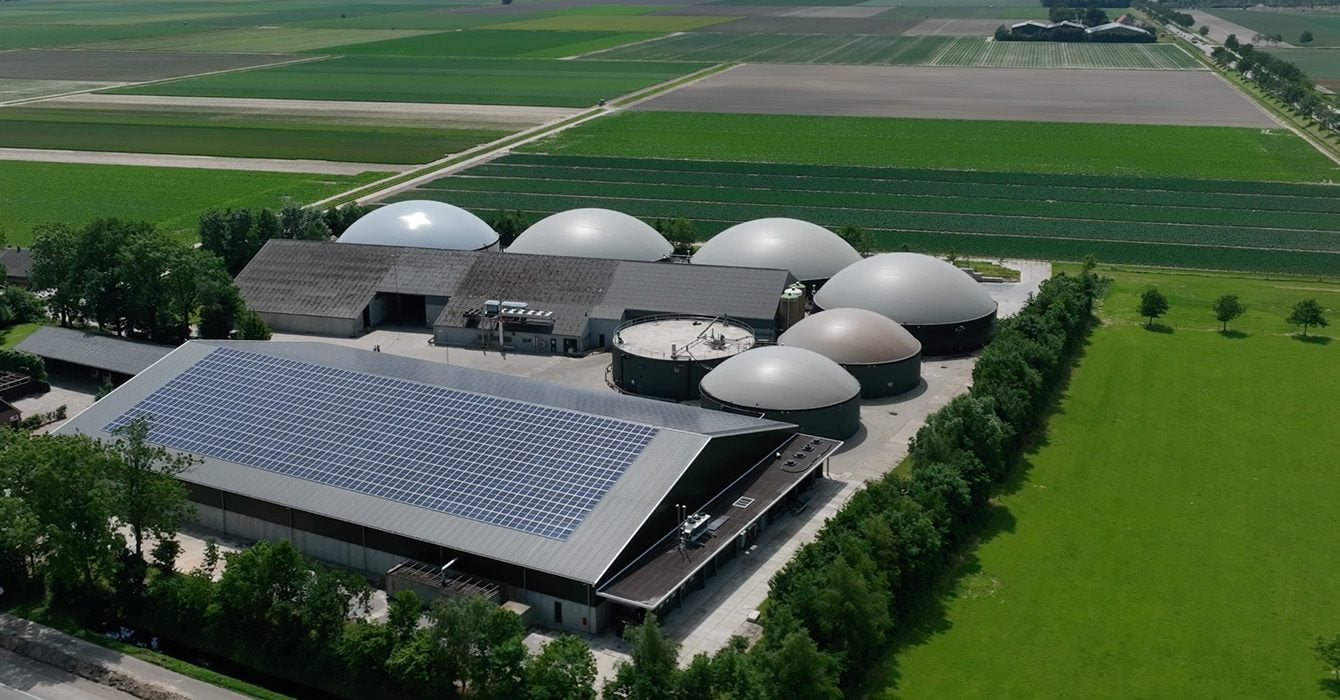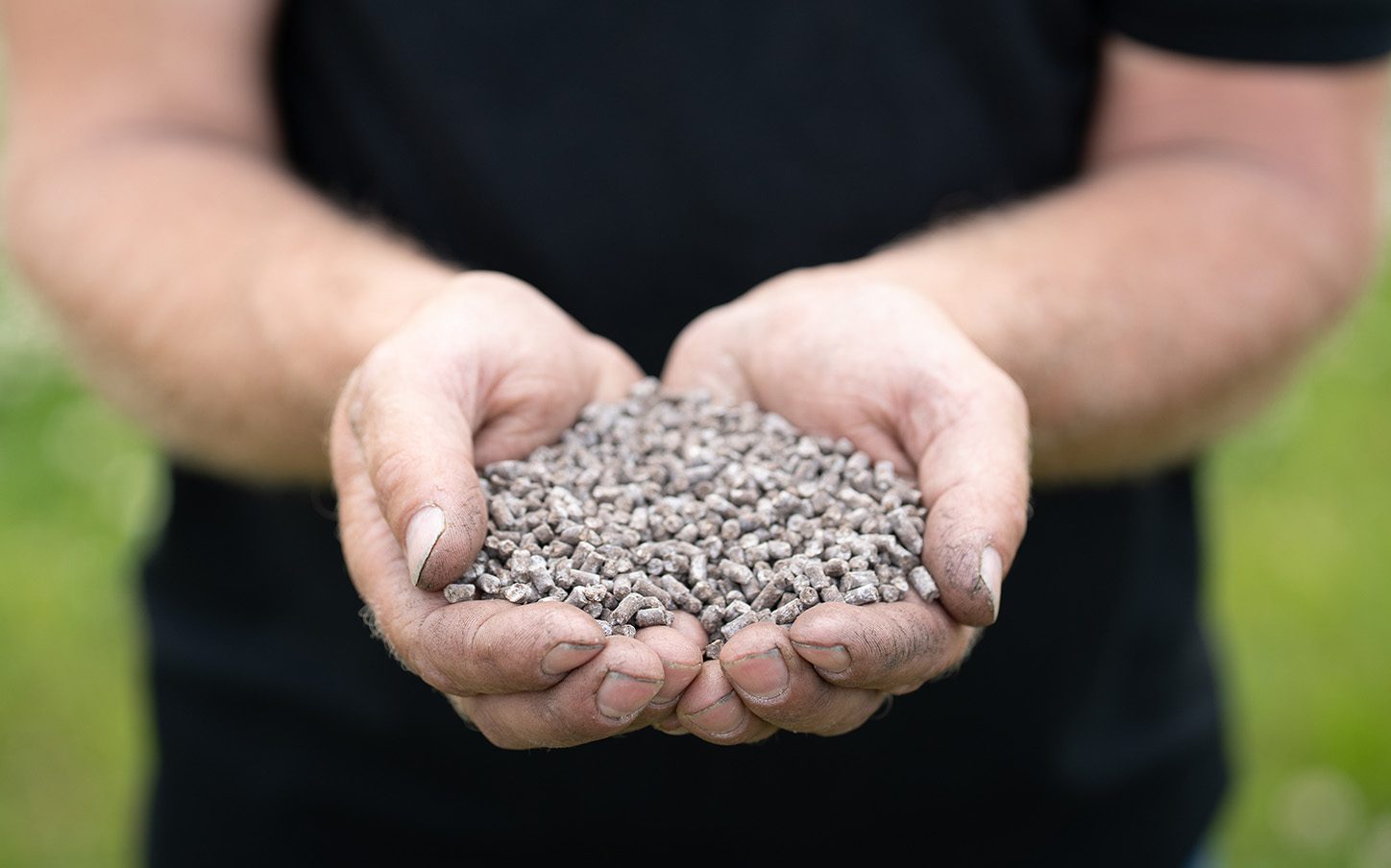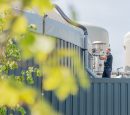The process
A complicated process, simply explained. Step by step. From organic waste to biogas, from biogas to green gas, bio-CNG or bio-LNG.
-
In the end, our own organic waste is all that remains, which we then use as a valuable organic fertiliser and soil enhancer.
Organic waste
We recycle the organic waste from a wide variety of businesses. The waste includes fruit peels, cocoa shells and sludge. We store the products in our warehouses. We mix the solid and liquid products before they go into the digester. In fact, the perfect ratio ensures that we produce as much gas as possible.
Want to know more about the processing of organic waste? Watch the video.

Fermentation
In the biogas plant, organic waste, often in combination with animal manure, is broken down by bacteria. We do this with large insulated and stirred tanks, which are fitted with a gas-tight roof. Biogas is created within this process.
Green gas
The fermentation of the organic waste produces biogas, however, biogas itself is not yet pure enough to use. In order to get it to that level, it is upgraded to natural gas quality using membrane filter technology in a purification plant; not from fossil-based material, but renewable raw materials; in other words, green gas. Green gas now has the same properties as natural gas. You can use it to cook or heat your home.
Fossil-based natural gas is a finite resource and has a high CO2 footprint. Green gas that is produced from renewable resources is significantly more sustainable.


Clean fuel
Green gas can also be compressed (green-CNG) or liquefied (green-LNG) converted to bio-CNG or bio-LNG. Both sustainable alternatives to fossil fuel.
Bio-CNG stands for ‘bio-Compressed Natural Gas’. This is mostly used as fuel for cars. Bio-LNG stands for ‘bio-Liquefied Natural Gas’. This is mainly used for heavy transport such as freight traffic or shipping.
Clean fuel produced from renewable resources makes a major positive contribution to the energy transition.
Fertilizers
After fermentation a residual product is left. This has value on its own. We dry the residual so it can be converted into manure pellets. The manure pellets contribute to the fertility of agricultural land.


